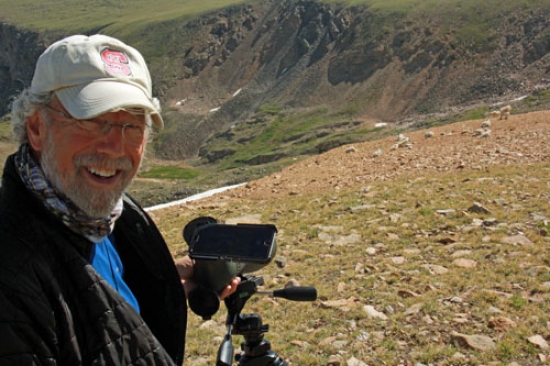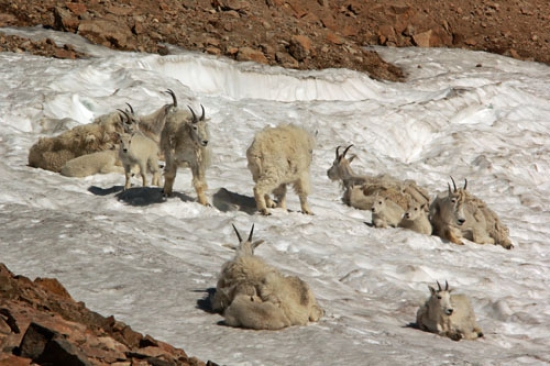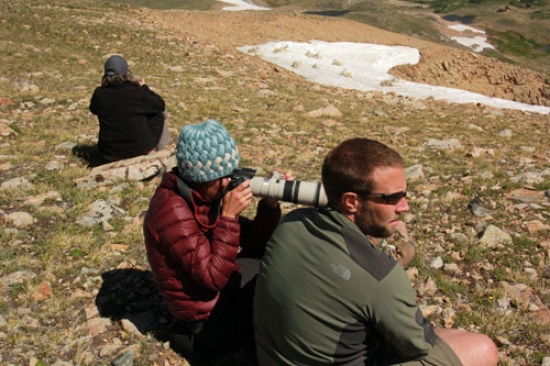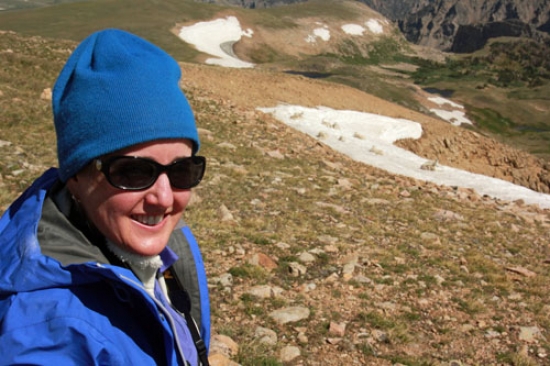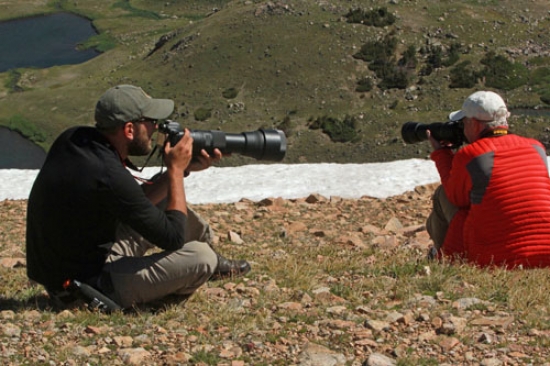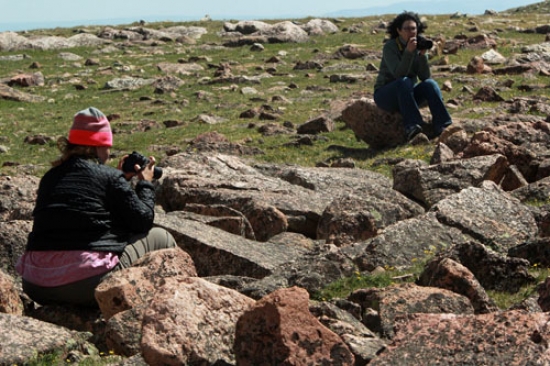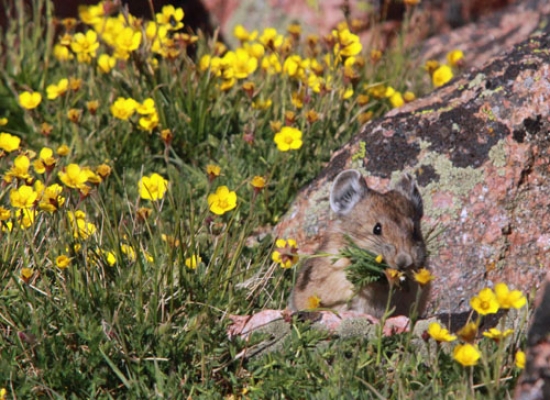Guest Writer for Dan Hartman; Joe Allen
A Yellowstone Experienceby Dan Hartman
Sept. 5, 2016
Hot, but no fires yet. Up on Mt. Washburn and Beartooth Pass, the air was gin clear. Less snow on the Beartooth Range this summer, as we viewed it from the fire tower. Our group of 15 eco-travelers, as part of a trip sponsored by Earth Spirit Educational Services, a western New York non-profit, was immersed in what the Greater Yellowstone Ecosystem had to offer. Since retiring from "univerisity life," I have continued to bring these "students of the wild" to Yellowstone every year. It is important for us "easterners" to know the west, know the wolves, bears, otters and owls as well as the cultural issues that permeate this part of the country. We came "armed" with spotting scopes, cameras, long lenses, field guides and bear spray, as well as scientific, ethical and artistic backgrounds into the natural history of the region. Our plan was simple. Rise at 4:30AM, watch wolves and other wildlife until 9:30AM or so, eat, chat and rock for a spell on the sunny porch of the Roosevelt Lodge, then off to see what events evolved from the beginning of our day. And those events did evolve daily and often suddenly for us in Yellowstone, but what else would one expect?Watching wolf pups frolicking on the distant hillside in the chill of the early morning light was a seminal, life-altering experience for most of us, as it was for the accidental tourists who viewed the wolves through our scopes. To hear a wolf howl is to know that there exists future generations of wolves out there, preparing themselves to run down elk and bison. But most importantly, it offers acknowledgement that there are "things" far greater than we humans and our cultural monopolies. Otters, eagles, pronghorn, osprey, coyotes, bison, sandhill cranes and a host of other wildlife species made themselves "available" for our viewing on a daily basis. New generations of moose, elk, "griz", bighorn sheep and bison walked the valleys, ridges and plains. Prairie falcons were our speedy "companions" on Mt Washburn. One could almost hear the heartbeats of the mountain goats and tiny pikas as they moved ever closer to us. The depths of the "owl forest" offered promised of new generations of the largest owls in North America, as well as a flurry of mosquitoes.
Beyond the visual and scenic diversity of the Yellowstone Ecosystem, the depth of our appreciation was enhanced by knowledge of the ongoing science and research that abounds, and is continually emerging, from those who study the eco-diversity of this special place. Evidence of the critical impacts that preservation exert on species diversity is ubiquitous. For those who love wild places, this should be a top human priority. We are better humans for communicating with Nature. Biophilia, according to E.O.Wilson, suggests that there is an "instinctive bond between humans and other living systems." That love and affiliation with Nature was perpetuated through our outdoor educational experiences in Yellowstone.
Many thanks to Dan and Cindy Hartman, Doug McLaughlin, Rick McIntyre,Lizzy Cato and Doug Smith for enhancing our ourdoor experiences. Their intellectual and artistic dedication to what makes Yellowstone the magnificent place it is only reinforces hope for future generations of wild species and of humans. There is room for all of us on this planet. We humans must have the willingness to make it so.
Joseph C Allen
Earth Spirit Educational Services Orchard Park, NY
